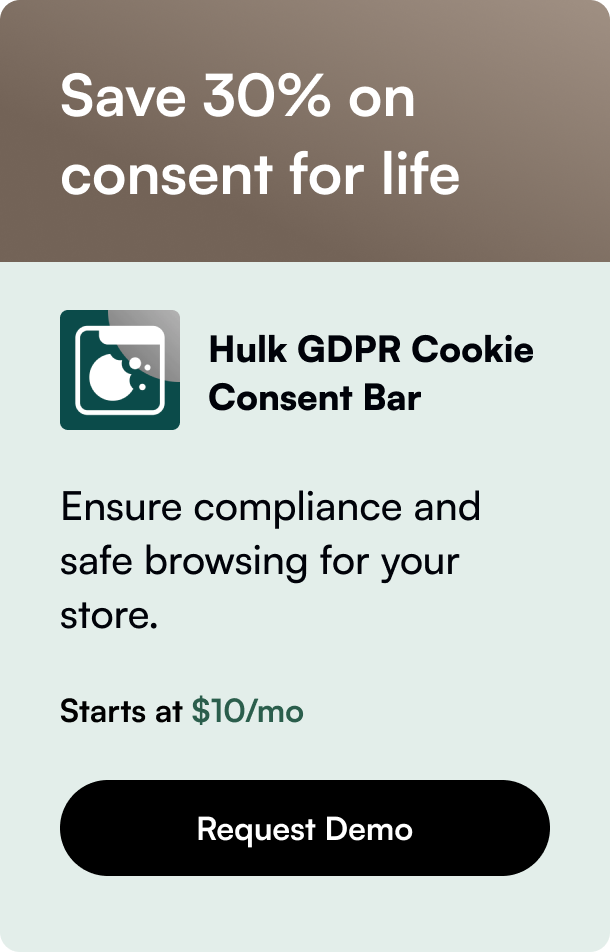Table of Contents
- Introduction
- Why Is Product Testing Important?
- The Product Testing Framework on Shopify
- Tips for Effective Product Testing on Shopify
- Conclusion
In the dynamic realm of e-commerce, testing a product on Shopify before fully committing to it can significantly save both time and resources. Whether you're a budding entrepreneur or looking to expand your existing catalog, understanding how to effectively gauge the potential success of new additions is crucial. Let's delve into the comprehensive guidelines to navigate through product testing on Shopify, ensuring that your venture strikes gold with every launch.
Introduction
Did you know that a staggering 95% of new products introduced each year fail, according to Harvard Business School Professor Clayton Christensen? This statistic underscores the critical importance of product testing before market launch. In the vast sea of Shopify stores, distinguishing your offerings not only involves identifying unique products but also ensuring that these products meet the expectations and demands of your target market.
This blog post will serve as your definitive guide to the why, how, and what of product testing on Shopify. By the end, you'll have a robust understanding of the steps necessary to minimize risk and investment while maximizing the potential for success with any new product you wish to introduce. We'll cover the intricacies from identifying a promising product to executing a small-scale test launch successfully.
Why Is Product Testing Important?
The significance of product testing cannot be overstated—it's the litmus test for your product's market viability. Through testing, you can gather crucial insights on consumer feedback, product quality, and market acceptance without the full-scale risks associated with a traditional launch. Additionally, product testing enables you to:
- Validate your product concept against real customer preferences and needs.
- Identify and rectify any shortcomings before a wider release.
- Save on costs associated with larger inventory orders for untested products.
The Product Testing Framework on Shopify
1. Identify Promising Products
The initial step in the product testing process involves identifying items with potential. Trends, customer pain points, and niche markets can serve as excellent starting points. Utilize tools like Google Trends, social media, and competitor analysis to spot opportunities.
2. Set Up a Minimal Viable Test
Upon selecting a few promising products, the next stage involves setting up a minimal viable test on your Shopify store. This involves:
- Creating simple, yet compelling, product pages for each test item.
- Utilizing high-quality images and descriptions that highlight the product's value proposition.
- Ensuring that logistics such as shipping and returns are clearly defined.
3. Simulate Transactions
Shopify offers a nifty feature through its Bogus Gateway for simulating transactions. This allows you to walk through the entire sales process, from adding to cart to checkout, without actual financial transactions. This step is crucial for verifying that the technical aspects of your online store are functioning seamlessly.
4. Real Transaction Testing
For a more authentic testing experience, conducting real transactions provides invaluable insights. This could involve making purchases through your store or encouraging friends and family to buy and provide feedback. Pay close attention to the entire customer journey, noting any frictions or points of confusion.
5. Analyzing Test Results
Gather data from your test phase meticulously. This should include conversion rates, customer feedback, any encountered issues, and overall satisfaction with the purchase process. Use this information to make informed decisions on potential product iterations or enhancements.
6. Incorporate Feedback and Iterate
The insights garnered from your testing should not stay on paper. Incorporate the feedback received to refine your product offering. This might mean adjustments to your product, tweaking your website's UI/UX, or revising your marketing strategies.
7. Decide on Full Launch
Based on the test results and adjustments made, you're now in a position to make an educated decision on whether to proceed with a full-scale launch. Remember, not all products will pass this phase—and that's okay. The aim of testing is to identify winners while minimizing losses on potential duds.
Tips for Effective Product Testing on Shopify
- Utilize Shopify’s built-in features and apps designed to facilitate testing, such as product review plugins, to gather customer feedback efficiently.
- Consider employing A/B testing for product descriptions, images, and pricing strategies to identify what resonates best with your audience.
- Stay agile and open to pivoting your product offering based on testing outcomes and evolving market trends.
Conclusion
Navigating through the product testing phase on Shopify is akin to setting the foundations for your e-commerce success. It's a critical, yet often overlooked step that can determine the trajectory of your online store. By implementing the strategies outlined in this guide, you're not only increasing your chances of launching successful products but also fostering a culture of data-driven decision-making within your business.
FAQ Section
Q: How long should I run a product test on Shopify?
A: The duration can vary depending on the product and the depth of insights required. Typically, a period of 1-2 weeks is sufficient for gathering initial data.
Q: Can I test multiple products simultaneously?
A: Yes, testing multiple products can provide comparative insights. However, ensure you have the resources to manage and analyze the data effectively.
Q: What if my product test fails?
A: A failed test is not a setback but a learning opportunity. Analyze the data to understand why the product didn't resonate with your audience and apply these insights to future tests.
Q: Should I focus solely on online methods for product testing?
A: While online methods are critical for Shopify stores, don’t overlook the value of offline feedback through pop-up stores or market tests, particularly for products that benefit from physical interaction.








